Have you ever felt lost in the complex world of digital accessibility? You’re not alone. Understanding standards like RGAA and WCAG can sometimes seem like a real challenge.
But guess what? It’s not you.
WCAG can seem overly technical, making the task even more daunting. That’s why I’m thrilled to announce this book aimed at demystifying digital accessibility, specifically tailored for designers. 📚 And I have the chance to have worked on it with other experts <3
Illustrated, simplified, but hopefully comprehensive. This book goes beyond the standards to offer real accessible solutions. I’m convinced that everyone should be able to create inclusive digital experiences without feeling overwhelmed by technical jargon.
Synopsis of the book “Accessibility for Designers”
Yes, I call it “Accessibility for Designers” because that’s exactly what the book is about and who it’s for. Simpler to remember I suppose. Anyways.
Dive into the realm of digital accessibility with “What Designers Need to Know About Accessibility,” an innovative guide that transcends conventional standards to provide designers (and developers) with a practical and humanised approach to creating accessible digital experiences.
Crafted to go beyond the complex rules set by WCAG & RGAA, this book offers a transformative journey, unveiling tangible tips and actionable ideas. Explore the diverse needs covered by the standards while going further by integrating usability practices that will genuinely enhance the experience for all users, regardless of their type of disability.
Discover how to make your creations accessible without compromising creativity and innovation.
After 15 years delving into the intricate world of web, I’ll share with you profound perspectives on the specific challenges designers face, providing practical solutions and tips to simplify the complexity of standards. Learn to integrate accessibility into the core of the design process, transforming how you conceptualise and deliver digital products.
This book is not just a technical guide but a travel companion for web professionals, assisting them in creating digital experiences that embrace user diversity.
Who is the book about accessibility for?
My idea in writing this book was to focus on designers first. But if you are a developer, project manager and product owner, you might some really interesting pieces that will help you build a strong T-profile. For me, these profiles share responsibility for the user experience around the development of digital solutions (website or application). Certainly because I’ve been through all these profiles in the course of my career, and I knew the accessibility skillset was missing everywhere.
But apparently, I’m not good at defining targets/audience. The reality is much the better.
After just one week’s launch on my previous book about Web Forms, my readers have already given me some very rewarding feedback. Apart from the typos left here and there (it happens to everyone I suppose 😃) I’ve had feedback from back-end developers, a Business Owner and a marketing expert who have all learned interesting things from reading the first chapters, each at their own level.
The first feedback I received on the content’s target audience was as follows:
I found the content useful for all professionals looking to create customer-focused forms and who also have a ‘business’ vision, as everything explained has an impact on the experience, conversions and therefore the figures. You’re targeting a very broad audience and your content is relevant and well explained.
—Dondu Karabinar
It’s always better with readers’ own terms, and maybe that will help you assess whether this is the book for you. Thank you Dondu for your honesty 💕
I’ll update this article as feedback comes in for this Accessibility for Designers book.
Contents, chapters and size of the book
When writing the book, I didn’t focus on page or word counts. I had no strict numerical goals. My main aim was to keep it concise and steer clear of endless debates, though I know accessibility experts will always find points to discuss. 😄
The goal was to create a guide that simplifies the technical aspects of WCAG (Web Content Accessibility Guidelines), RGAA (Référentiel Général d’Amélioration de l’accessiblité), or RAWeb (Référentiel d’Accessibilité Web), making them easier to understand. Beyond that, I wanted to address areas where, in my view, these standards fall short in driving true accessibility. Lastly, I aimed to spark ideas on how to approach, implement, advocate for, and test accessibility effectively.
This book is also a valuable addition to the web quality checklist on forms published at the end of 2022, since it comes with it’s own new checklist on accessibility.
All in all, this book represents:
- 169 pages in Letter format (231 “e-book” pages says Amazon, whatever that means)
- 10 main chapters
- 29,600 words
- 2 formats: ePub and accessible PDF
- Alternative ways to access it: Kindle, Apple, Google or Kobo
- A printed book available on Amazon
On the contents side, you’ll find these various chapters full of frankness, discussion and accessible, qualitative, well-argued proposals. Without offering you an exhaustive plan, we will go through:
- Understanding disabilities
- What are the WCAG & success criteria?
- User Interface and what to do for accessibility
- Manage Content & Hierarchy
- User Actions & Interactions
- Rich Contents & Animations
- A focus on WCAG 2.2 Updates
- Accessibility in your organisation
- How to handle user testing for accessibility?
- What future for web accessibility?
To dispel any doubts about the nature of content and the difficulty of understanding it, here is some feedback from a former colleague and marketing expert on the first book I wrote.
[…] very accessible content, even for me as a marketer. At first I thought “wow, 254 pages might be a bit long for a simple form”, but in the end it wasn’t!
Thank you so much for sharing your feedback and for your support 😊
Many thanks also to my visible and less visible contributors:
- Soren Hamby, for their detailed notes, suggestions and proofreading,
- Stéphanie Walter, for her perfect proofreading
- Sacha Vicic, for the good questions asked, and the proofreading,
- Vidit Singhal, for challenging my ideas, and the proofreading
- Myriam Jessier, for their amazing introduction/foreword
Your patience and help were a great support!
How can you buy this book?
The book comes, for the moment, in 2 formats if you buy it via my own official shop, ePub and PDF. It can also come with its checklist in printable PDF format, if you wish to apply it in a professional context to a current or future project.
It has also been available in Kindle format and printed format (2 quality, Hardcover, and paperback), which I’ve been able to try on my previous book. See this video for more info.
For the launch of the book, if you by the new book, and the first one, you’ll get a generous discount automatically applied in your cart at checkout. (works for the packs too)
Besides, I want to offer this book at the best price depending on your situation. If you are in a temporarily financially unpleasant situation, contact me so that I can make you a more suitable offer 💕 (no judgement on my part, I’ve been there)
Happy reading to you, and don’t hesitate to share your reading opinions with me so I can improve this book.
I can’t stop you from sharing this book with someone you think might find it interesting.
In the Product Design Series of books
I’m sure you got it by reading these lines, this book don’t come alone. I’ve wrote another one to start a series of books focused on those little things that put together will allow your digital product to stand out in terms of usability, user experience, and efficiency.
Book 1 – Web Forms: Costly Mistake You Want to Avoid
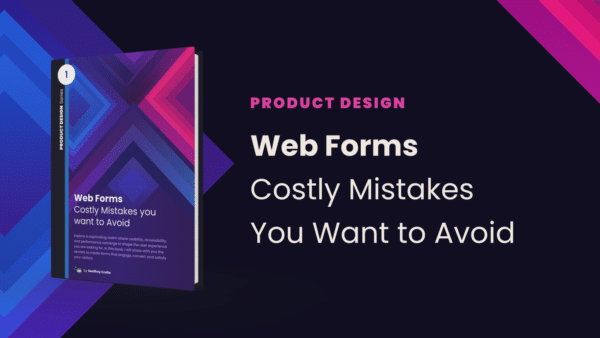
More about this book
Book 2 – What Designers Need to Know About Accessibility
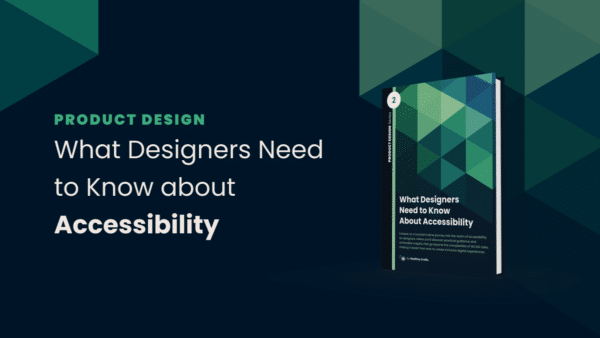
Buy this book
Next books of the series
Well, I don’t know yet, but from my years of experience in digital product, I might want to cover some other topics like:
-
Design Systems: from theory to practice. How to know if you really need a Design System, and how to create it effectively so that it is adopted by all your teams. This book would be accompanied by practical examples and would be based on real facts from the field.
-
Collaboration between Designers and Developers. Why and how to improve collaboration between these two key profiles in a web or application project. It’s certainly a subject that’s been close to my heart for a long time.
-
Your search forms are costing you money. Or how cognitive and cultural biases can come into conflict when designing an internal search form for your website. How to design them better, what mistakes to avoid, and what solutions really work.
-
Accessibility: demystifying front-end development. Or how to integrate accessibility into the notion of quality for your front-end, going through the basic principles of accessibility, the keys to integrating it from the ground up, and the tools that can make your job easier.
- How to promote the benefits of design in your company? Or how it is easy to start from the wrong foot, and embark people in better understand what you do, what the benefits from working with you, and how you can promote your values by matching the companies ones.
Maybe other topics too, but I haven’t decided yet. I might tackle Design Systems next. If you have a preference, feel free to let me know!


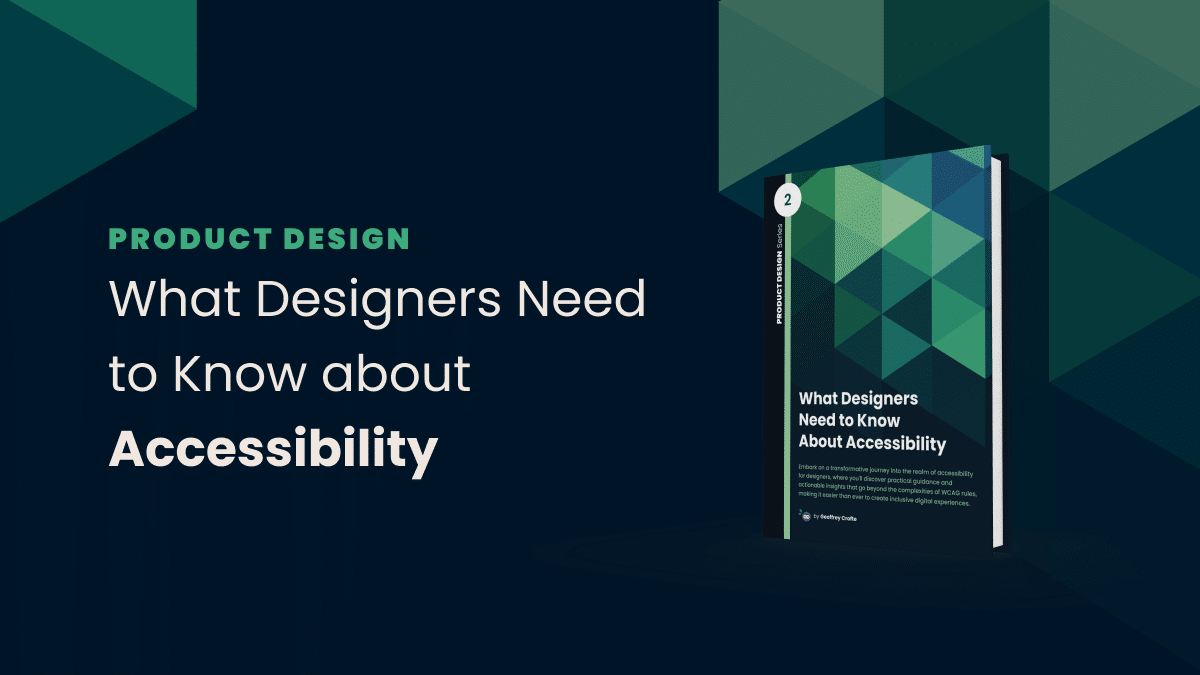
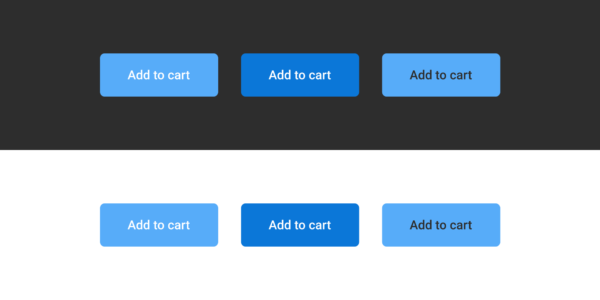

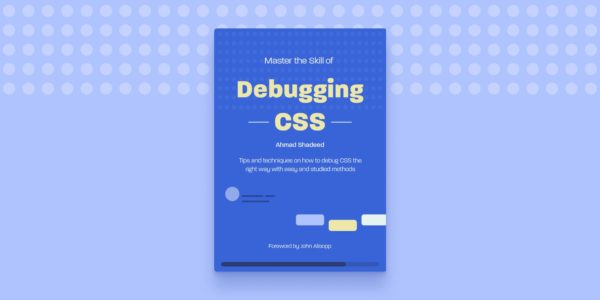
Post a comment for this article?
Follow comments and trackbacks